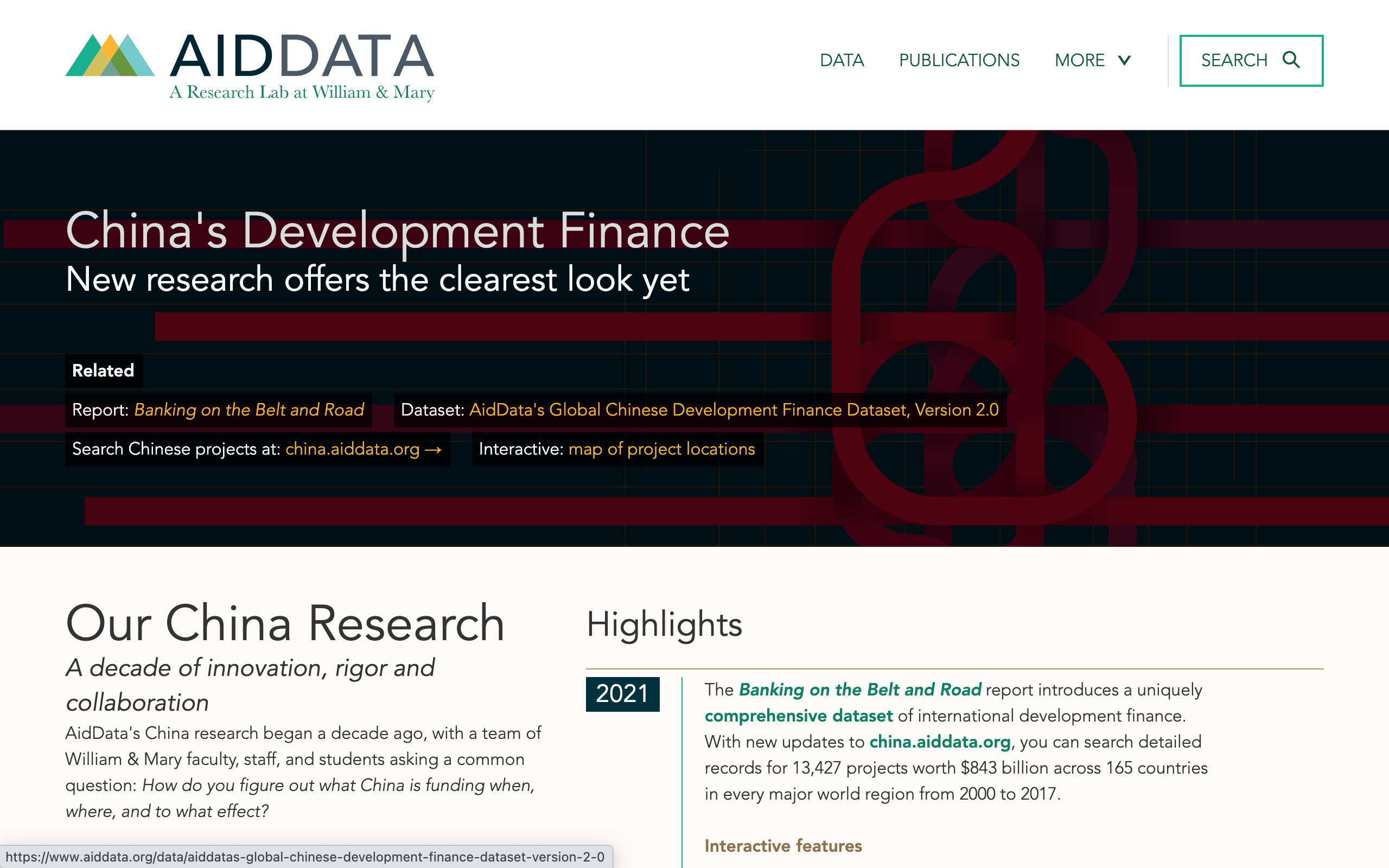Senator: "Who's winning the AI race?" Sam Altman: "It's very hard to say..."
China and the United States are at the forefront of the AI race, each with its own set of strengths and advancements in the field.
China's Advantages in the AI Race
- State-led funding at scale, investing billions in AI research and development
- Control over the entire AI supply chain, from chip design to fabrication
- Access to vast domestic data sets and relaxed privacy regulations for model training
- Rapid deployment of AI technologies by startups like DeepSeek
- Incentives for top researchers to return to Beijing

China's achievements include rolling out advanced GPUs, launching new AI models at competitive prices, and investing heavily in AI infrastructure and talent development.
Advantages of the United States in the AI Race
- Private-sector innovation from companies like OpenAI and Google
- Leadership in GPU and cloud technologies by NVIDIA, AWS, and Azure
- A robust venture capital ecosystem supporting rapid growth of AI startups
- An open research culture promoting breakthroughs and knowledge sharing
- Implementation of strategic export controls to limit China's access to cutting-edge technologies
The U.S. has secured significant AI venture funding, passed legislation to foster innovation, and launched cutting-edge AI models for global users.
The Collaborative Approach to AI
Ultimately, winning the AI race is not just about one country outperforming others but about fostering collaboration, sharing knowledge, and ensuring ethical governance of AI technologies. The real goal is to leverage AI advancements for the collective benefit of society.

The race towards AI supremacy is not a competition with a clear finish line but a journey of continuous innovation and collaboration across borders and industries.



















